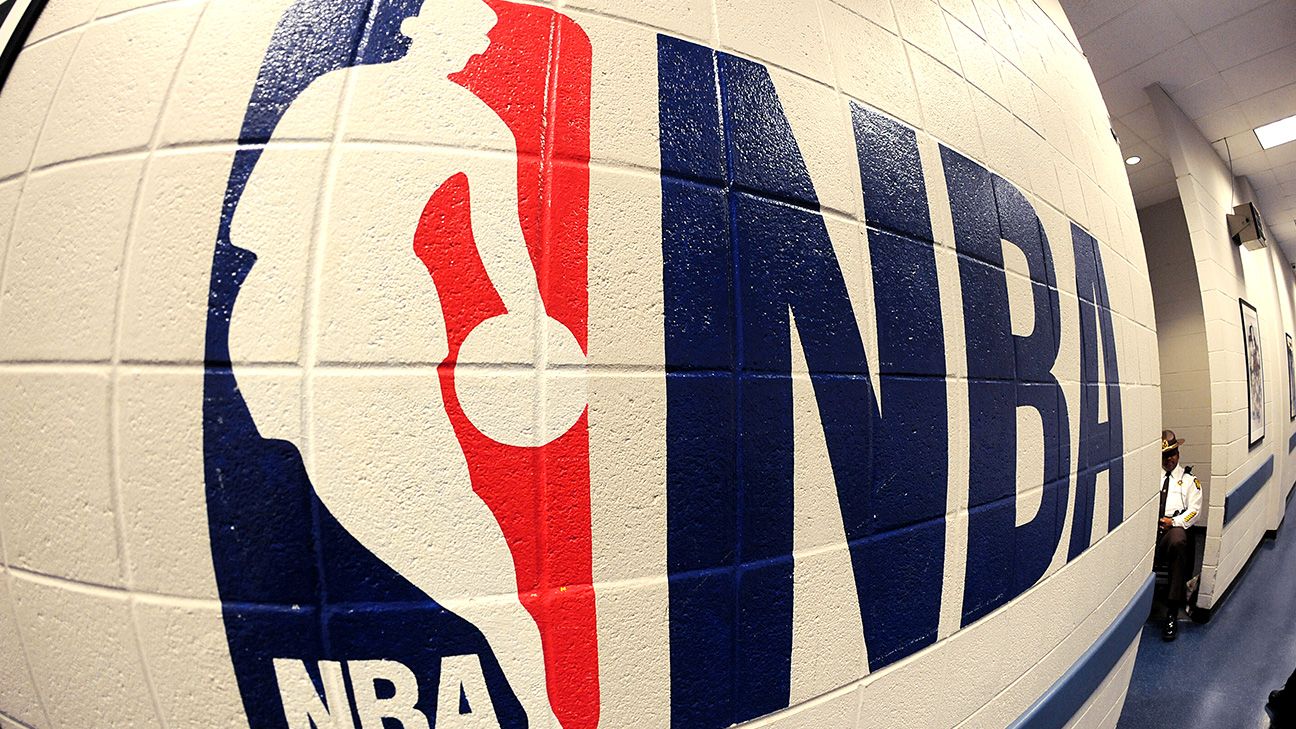
Discussions between the NBA and the players' association to end the one-and-done era and lower the league's minimum age to 18 have resumed in recent weeks, infused with urgency as the clock ticks on the league's preferred target date of the 2022 NBA draft, league sources told ESPN.
So far, the NBA's pursuit of NBPA concessions in the areas of mandating that draft prospects furnish teams with medical information and an additional requirement that would center on attendance and participation at the NBA pre-draft combine remain obstacles to a deal, league sources said.
NBA commissioner Adam Silver had hopes of closing a deal with the union that would allow graduating high school seniors to participate in the 2022 draft. For the sake of franchises' planning and team building, though, organizations preferably need a resolution on a timetable for lowering the age limit before they have to consider making trades this spring.
Because of the greater influx of talent in a draft that would include high school players and the final crop of one-and-done stars, that initial season of the rule change -- if it's 2022, or another year -- would offer a deeper pool of talent and put a greater premium on possessing those picks. As one GM told ESPN, "There was a run on trying to get 2022 picks at the trade deadline."
To prepare for the possibility of high school seniors participating in the 2022 draft, USA Basketball and the NBA have reached an agreement to allow NBA front-office personnel to start scouting Team USA's 16-under national camps beginning in May, league sources said. This is the class of players potentially available to teams in a 2022 draft, and the agreement allows executives and scouts more access to premier prospects at a younger age.
In the past, NBA teams were allowed to scout camps and programs only at the 18-under level.
In the end, the negotiations hinge on NBA franchises' desire to have more medical transparency on a pool of younger players. The union has felt significant pressure from the agent community to resist the NBA's push on ceding control of medical information, sources said. While the NBPA has long advocated the lowering of the age limit to 18, so far the union has shown no inclination to surrender on these issues without a giveback elsewhere from the NBA.
Agents have long used the leverage of withholding medical information from teams to try to steer players to preferred draft destinations. While it's a strategy that doesn't always render the desired results on draft night, the absence of that medical data creates greater uncertainty and risk for front offices tasked with making personnel decisions on young players.
NBA general managers have pushed the league office to legislate the sharing of medical information with all teams, especially with the anticipation of younger players forcing organizations to make draft evaluations on teenagers.
Because, ultimately, teams can draft whomever they want and first-round picks can be under contractual control for six seasons prior to free agency, medical information is a freedom that agents consider necessary to keeping some influence on their client's early career.















 Phone: (800) 737. 6040
Phone: (800) 737. 6040 Fax: (800) 825 5558
Fax: (800) 825 5558 Website:
Website:  Email:
Email: 






